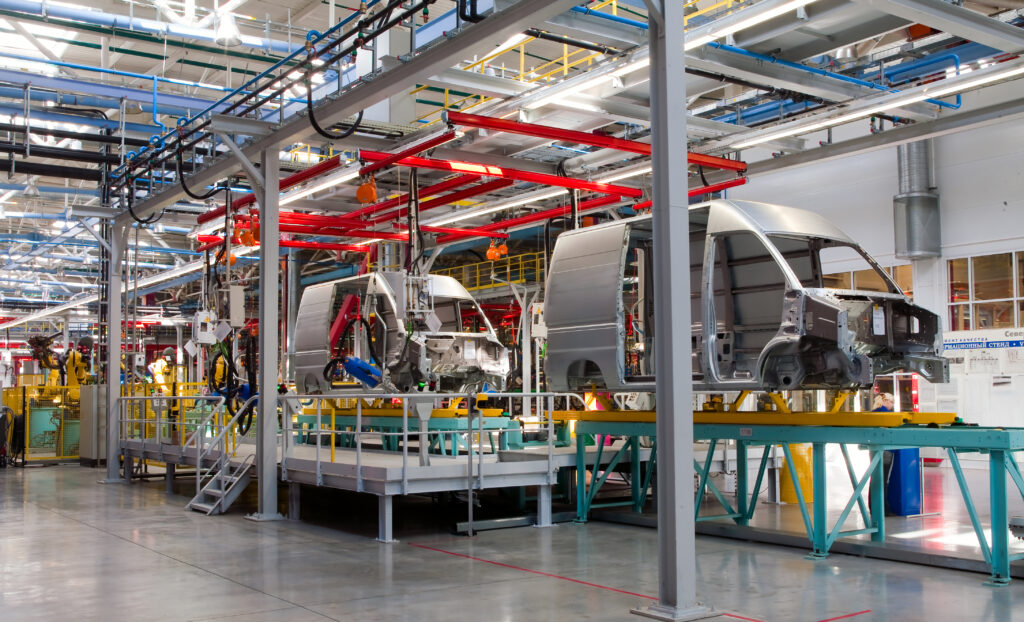Shaping Energy Demand
While a large grid and energy storage can handle normal variations in energy, building out solar and adding more electric heat will create a winter energy peak. Wind energy has shown to be highest in the winter in a majority of the United States but it still may make sense to look at more options to save energy in winter.
Industrial Buildings

Industrial buildings make products and their energy use doesn’t change much seasonally to heat buildings etc. Industrial electricity and fossil fuel emissions accounted for 21.7% of USA GHG emissions according to the US EPA. By using stockpiling or changing business seasonal habits a lower energy use in at least the middle of winter is doable. By going harder 9 or 10 or 11 months of the year you can move more energy to heating buildings. You also move transportation associated with that industry out of the middle of winter. So if you shut down for January you are decreasing industrial fossil fuels, large truck fossil fuels and employee transport fossil fuels.
Commercial Buildings

Much of our commercial space is heated the entire year and much of that space could be incentivized and designed to shut down during part of winter. Does every room in every building need to be heated during all of January?…no. With remote work becoming more common place businesses and real estate landlords can find ways to be more efficient during the middle of winter. Working remotely also removes the transportation energy to move people to and from work.